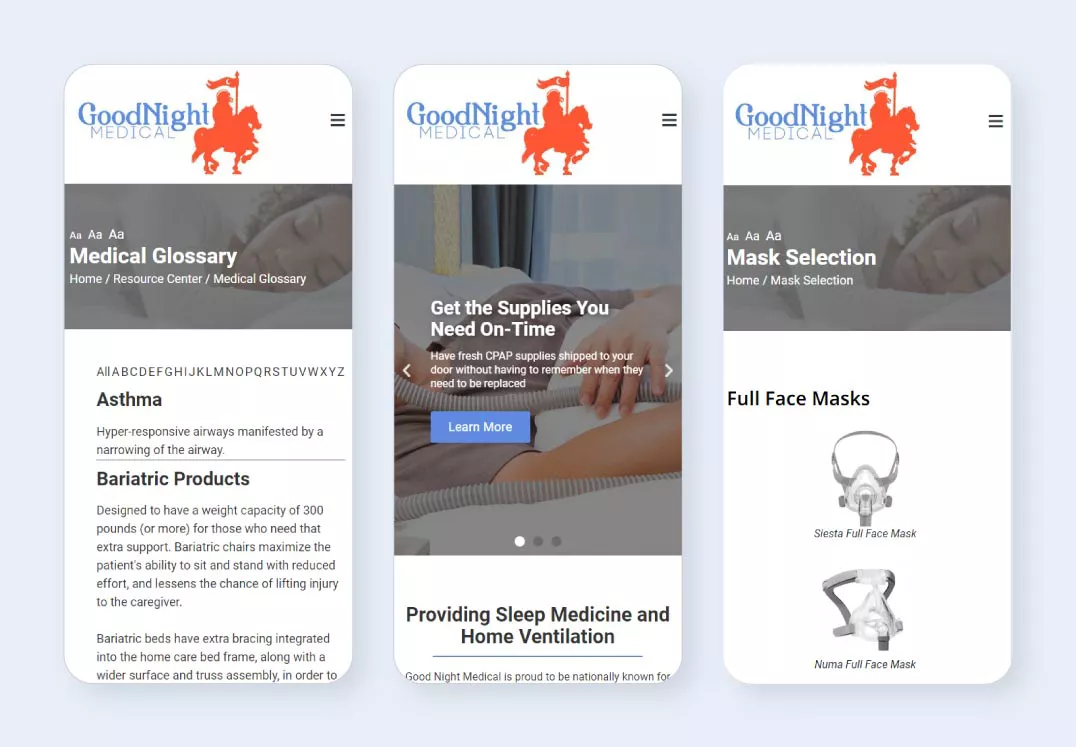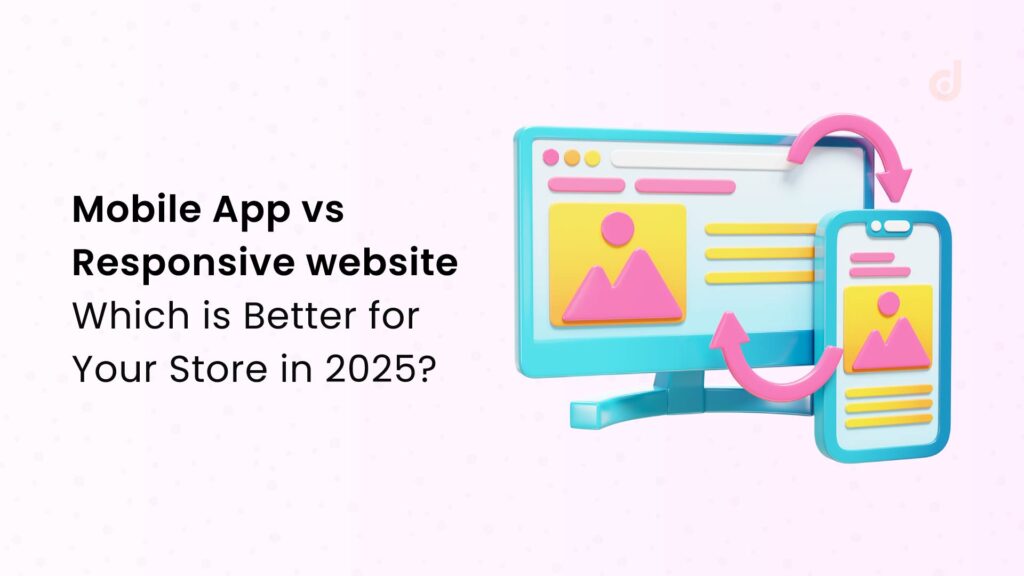React Native app development is well-suited for various use cases. Here are some of the most common scenarios where React Native is frequently employed:
Cross-Platform Mobile Apps: React Native is widely used for building cross-platform mobile applications that can run on both iOS and Android devices. It allows developers to write code once and deploy it across multiple platforms, saving time and effort.
Minimum Viable Products (MVPs) and Prototyping: React Native's fast development cycle makes it ideal for building MVPs and prototypes. Its hot-reloading feature enables developers to see instant changes, facilitating rapid iteration and quick validation of app concepts.
Apps with Rich User Interfaces (UIs): React Native's component-based architecture and extensive library of pre-built UI components make it suitable for apps that require a visually appealing and interactive user interface. It provides the flexibility to create smooth animations, intuitive gestures, and custom UI elements.
Apps Requiring Native Features: React Native allows seamless integration of native code, enabling access to device features like GPS, camera, sensors, and push notifications. This makes it suitable for apps that require platform-specific functionalities.
Code Sharing between Web and Mobile: React Native for Web allows developers to leverage the same codebase to build web applications as well. This makes it useful for projects where code sharing between web and mobile platforms is a priority, reducing development time and maintenance efforts.
Apps with Limited Development Resources: React Native can be a good choice for startups, small businesses, or teams with limited resources. Its ability to build apps for multiple platforms using a single codebase can help reduce development costs and streamline the development process.














Social Networking